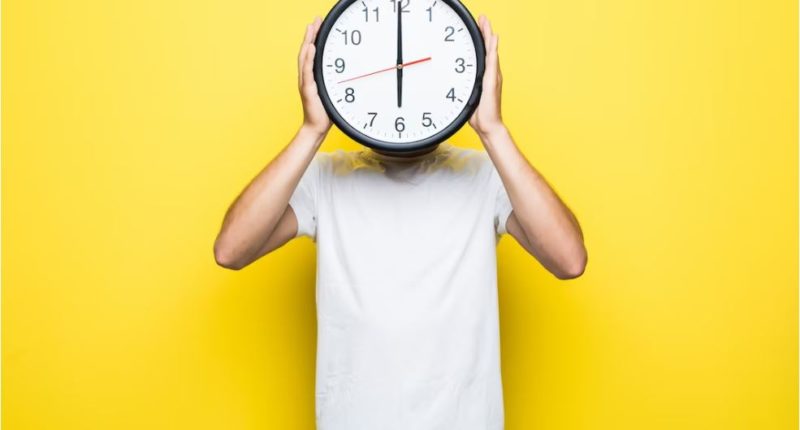- The upswing starts at around 7 and keeps going up until the peak of the market, at 12.
- Never buy at the peak of the market or the start of a downturn, as you lose equity.
- The length of a property market cycle depends on macro and micro economic factors.
A property cycle is a series of phases a property market goes through in a repeated pattern. Learning how to identify the way Australia’s property cycles move, will give you an advantage when it comes to investing.
Understanding the hype and being able to assess accurately where a particular location or property is in the cycle lets you know what’s likely to happen next – and anticipating the market is critical to making important decisions. Using the property market cycle correctly, you can buy in a stable or rising market before you add equity, to safeguard your properties against a bust.
The Property Clock:

The upswing starts at around seven on the clock face and keeps going up until the peak of the market, at 12. Then it is on the down swing. The bottom of the market is at six.
Never buy at the peak of the market or at the start of a downturn, as that way you lose equity almost immediately. There are advisors out there who encourage people to buy in booming markets, but you need to avoid this and buy in a rising market before it booms. You should buy at around seven or eight on the clock face so you can capitalise on the growth that is about to occur.
How long do property cycles usually last?
It is difficult to know exactly when a market cycle has bottomed out until prices in that market start increasing again. The length of a property market cycle depends on a combination of macro and micro economic factors and the interplay of several social and political issues, including growth (or shrinkage) in population, infrastructure and employment.
Does all of Australia follow the same cycle?
In Australian cities, property cycles typically vary between seven and thirteen years, and none are set in concrete. Cycles don’t necessarily fall into line simply because a certain number of years have passed. In fact, average Australian capital city prices have experienced multiple cycles of the past 17 years, with booms around 2003, 2007 and 2010, 2017 and a recent one that ended in 2022. The cycle can vary from city to city and from region to region.
One of the main factors driving property cycles across Australia is the cycle in interest rates, with periods of rate cuts eventually driving upswings in the property cycle, and vice versa for rate hikes. Around this, the supply of and demand for property also have an impact, as do factors such as job security and unemployment.
Property prices increase when houses aren’t built quickly enough to meet demand. There’s greater demand for housing when the population and investor interest increases, which is why such a large amount of growth occurs in Sydney and Melbourne.
Banks come into it as well. Most people can’t afford to buy a home based on savings alone. They’ll typically take out a mortgage, or loan, that they’ll have to pay back over a long period of time. This means demand for housing can be controlled, to an extent, by how much the banks will lend.
The bottom line
If you want to build up a sustainable portfolio with positive cashflow, it’s important to control the market yourself. The traditional ‘buy and hold’ property strategy doesn’t help most people achieve their goals in a reasonable timeframe. Once you learn to create equity in your investment property, you will not need to stress over speculation about market falls. You will see growth and cashflow no matter what is happening to other investors. With this kind of security, all the hype around market highs and lows will seem to you irrelevant.








